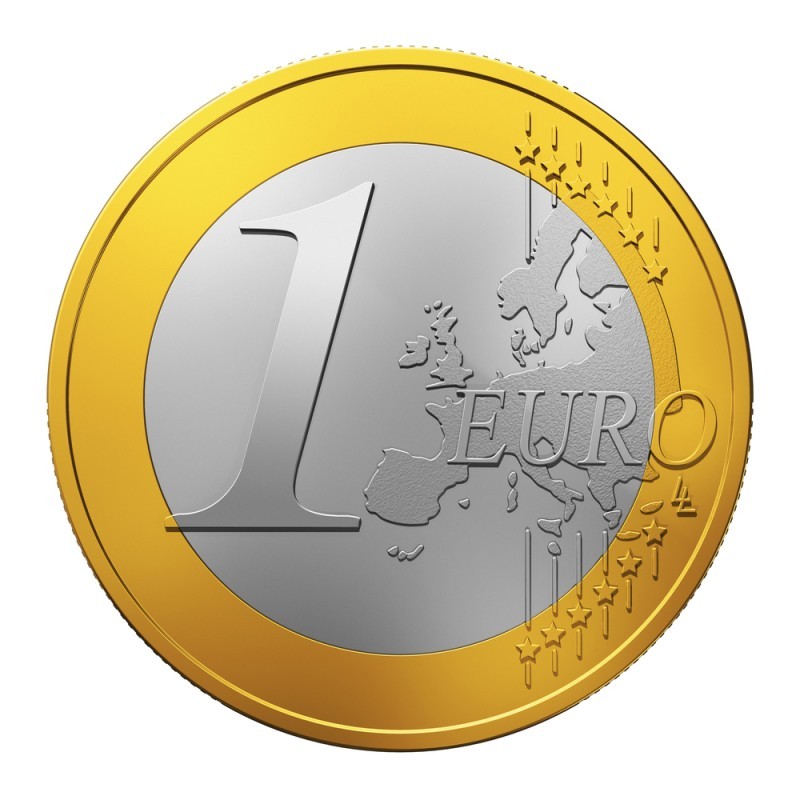Internationalstock ETF seeks to sidestep currency moves
Post on: 13 Май, 2015 No Comment

JohnSpence
BOSTON (MarketWatch) — Investment manager WisdomTree hopes a new exchange-traded fund that invests in foreign stocks but hedges currency exposure will find a receptive audience with investors nervous about the prospects of a strengthening dollar in 2010.
When U.S.-based investors buy a mutual fund that invests in international companies, in most cases they are also exposed to the fluctuations of that country’s currency against the U.S. dollar. A vast majority of foreign-stock funds do not hedge against currency shifts.
Unhedged funds can therefore benefit or suffer from the movement of foreign currencies versus the dollar.
The past two years provide a good example of this double-edged sword.
In 2008, unhedged foreign-stock funds saw their overall returns pulled down by a surging dollar as global investors sought the safety of the greenback during the financial meltdown.
The tables turned in 2009 as the dollar weakened, a trend that’s been widely attributed to the so-called carry trade. Investors put pressure on the dollar by shorting it to buy risky assets during the rally that kicked off in March.
Yet the greenback has rebounded in recent weeks. The U.S. dollar index DXY, +0.91% which measures the greenback against a trade-weighted basket of six major currencies, was up about 3% for the month ended Jan. 8.
To hedge or not to hedge?
The recently launched ETF is WisdomTree International Hedged Equity Fund HEDJ, +0.63% The underlying holdings are other ETFs managed by WisdomTree WSDT so it’s structured as a so-called funds of funds — or more accurately, an ETF of ETFs.
The fund currently invests in a trio of ETFs: WisdomTree Europe Total Dividend Fund DEB, -0.57% WisdomTree Japan Total Dividend Fund DXJ, -0.05% and WisdomTree Pacific ex-Japan Total Dividend Fund DND Its expense ratio is 0.58%, which includes the fees of the fund’s underlying ETFs.
WisdomTree Chief Operating Officer Bruce Lavine said there are more than 250 international-stock ETFs on the market, but all come with foreign-currency exposure.
The dollar has fallen quite a bit, but if the economy improves some think we could see a stronger dollar, Lavine said in an interview. This is a way to stay invested in international stocks rather than dumping them on a rising dollar. The ETF takes currency concerns off the table.
The ETF’s tracking index is an in-house benchmark called the WisdomTree DEFA International Hedged Equity Index. The fund holds forward currency contracts or futures contracts designed to offset its exposure to non-U.S. currencies, according to the prospectus.
The ETF is similar to the existing WisdomTree DEFA Fund DWM, -0.78% which tracks the WisdomTree Dividend Index of Europe, Far East Asia and Australasia (DEFA) Index. However, the newer ETF attempts to hedge foreign-currency moves.
The WisdomTree DEFA Index is a basket of dividend-paying stocks in international developed markets. Lavine said hedged and unhedged versions of the index can see wide performance differences in any given year.

For example, he said in 2009 the hedged index gained 25.1%, while the unhedged version rose 32.5%.
The dollar was crunched last year so the unhedged index did better, which was the reverse of what happened in 2008, Lavine said, adding that currency moves can be a very dramatic factor in international stock funds.
Two dollar-indexed bets
Some ETF investors appear to be positioning for or hedging against a rising dollar in 2010, based on the surging popularity of PowerShares DB U.S. Dollar Index Bullish Fund UUP, +1.03% which holds nearly $3 billion in assets.
The fund follows the movement of the U.S. dollar against a basket of six major currencies: the euro, the Japanese yen, the British pound, the Canadian dollar, the Swedish krona and the Swiss franc. As its name suggests, the ETF profits when the dollar strengthens against global currencies.
The fund has been such a hot seller that twice in late 2009 it was forced to halt the creation of new shares when it ran out and awaited regulatory clearance to issue more shares.
Its mirror image, the PowerShares DB U.S. Dollar Index Bearish Fund UDN, -1.03% is geared to make money from a weakening dollar. It is much smaller with just under $300 million in total assets.
The two dollar-indexed ETFs recently raised their fees to 0.75% from 0.5%. The expense hike was attributed to changing regulatory requirements, according a filing.














